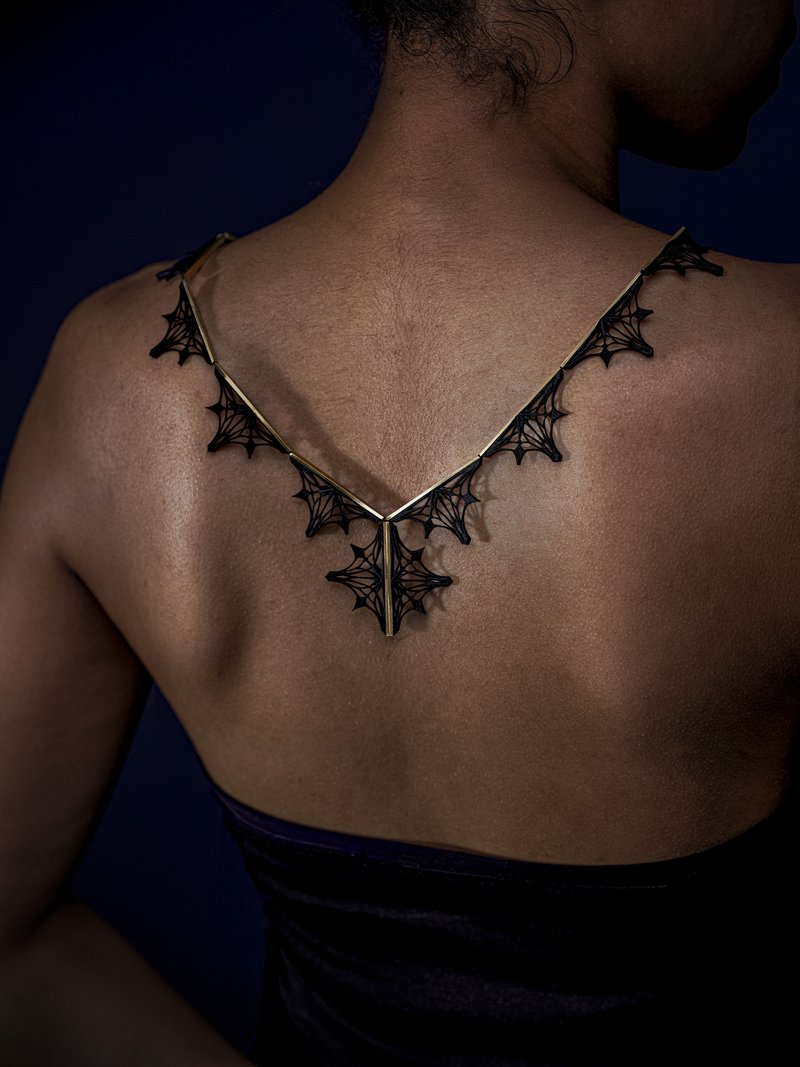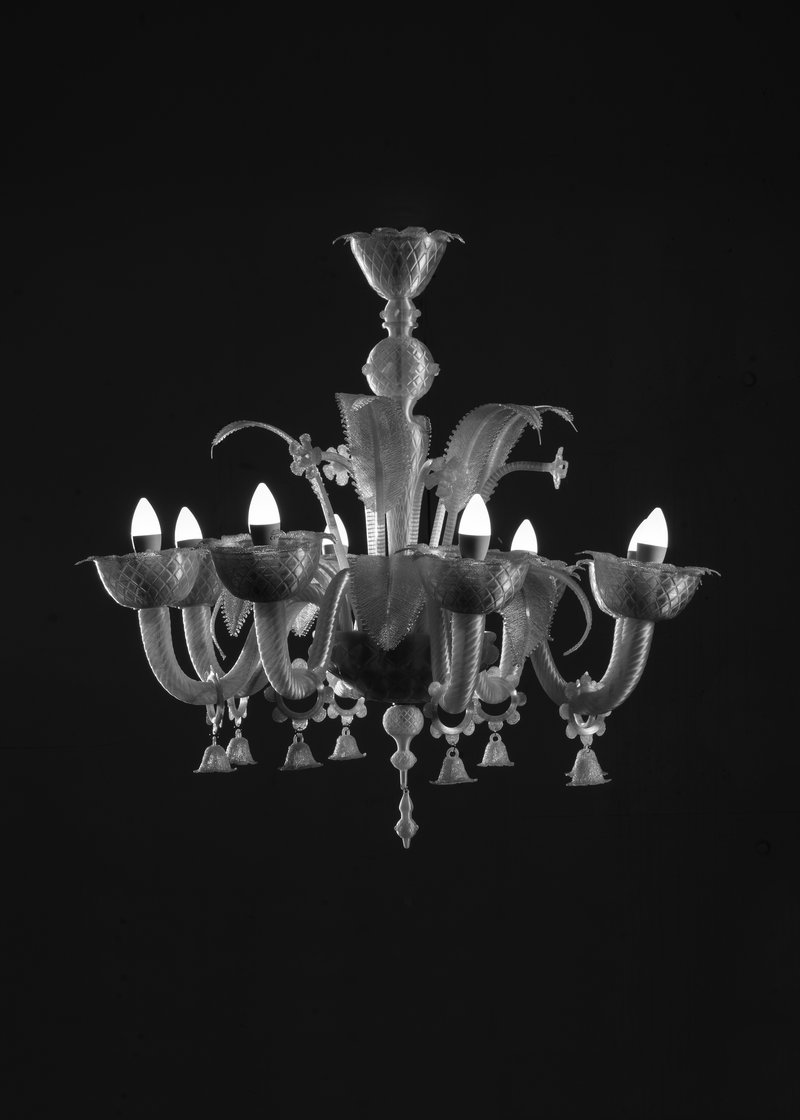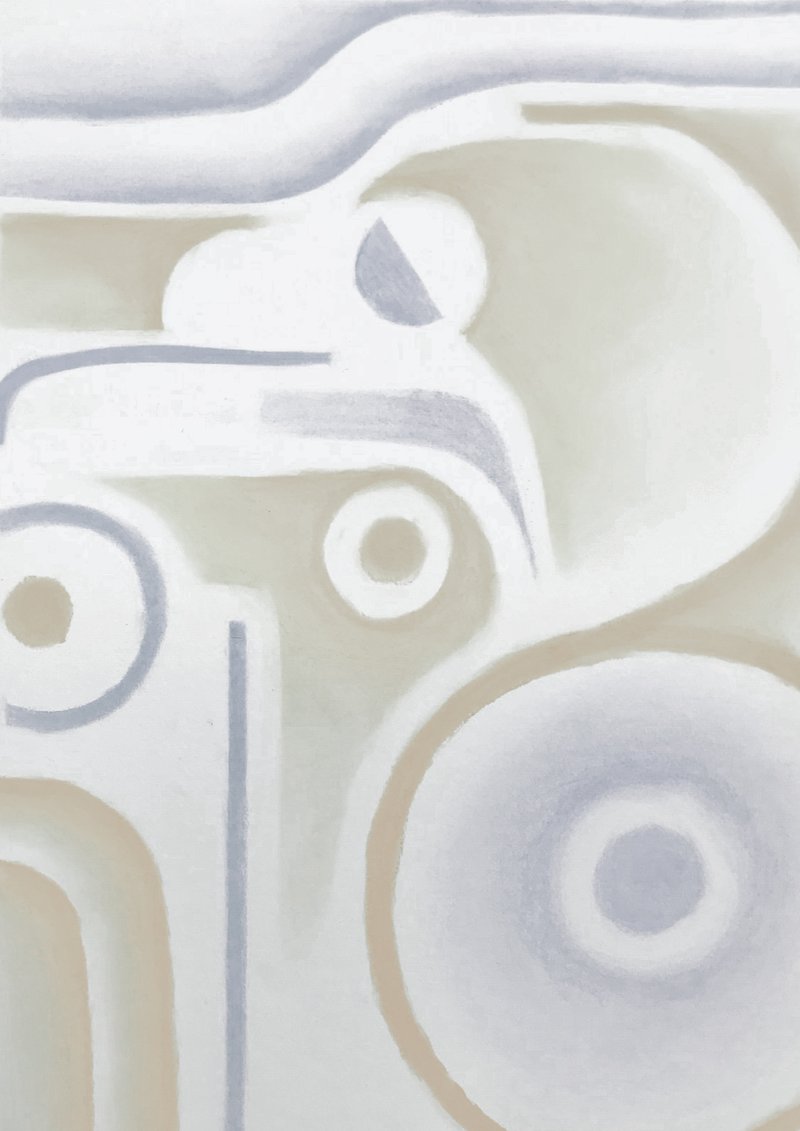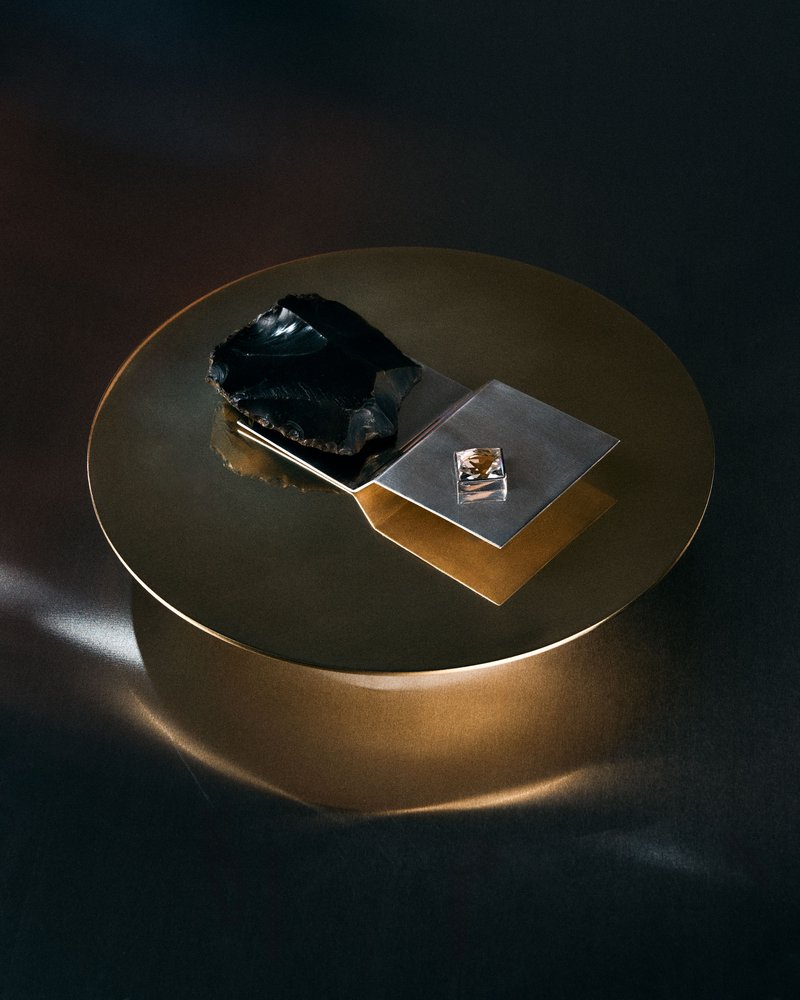MEDITATION
Clément Beaugé
This project is a new interpretation of what a music box can do. Inspired by the idea of using your senses, this is a piece that you can enjoy visually, you can feel, you can smell and of course, you can listen to. The magical music, the candle sent with its delicate light will transport you into world of relaxation. It won’t be long before your new music box becomes your favorite ritual for relaxing at home. This music box is simple and elegantwith a pleasant surprise, the mechanical movement makes the candle turn. The candle platform isdirectly attached to the spring-housing, so when the movement starts you can see the candle turn around the music box. Approximately 8 to 9 turns when the movement is fully charged.
HARMONY
Einat Kirschner
This music box is inspired by contemporary design. At first glance the music box appears to be a modern speaker or portable radio. This look allows the piece to easily fit the modern style that speaks to a younger audience while still enjoying the soothing traditional sound of a music box. The design was created using the traditional music box materials but with a new interpretation of the design. The key, which becomes a main element in the design, takes its shape from the modern collection of Reuge music boxes and the volume button of radios and speakers. This music box can be both hung on a wall or stationed on a table. With this new design we give you the possibility of having a unique music box that can be very easily moved from your living to your bedroom or the bathroom, ... The perforated pattern on the box allows the music to come through and highlights the key that turns slowly while the music is playing.
DISCOVER
Jungyou Choi
A surprising piece that opens in an original way. Often our music boxes are closed and the movement inside isn't’ easily seen or, sometimes its not even possible to see the movement at all! With this original opening concept we wanted to show more of the beautiful movement and allow the costumer to have a playful music box. There are two metal pieces that cover the movement and protect it. These covers slide in one direction from the front to the back or in the opposite direction. Just slide the first or second cover or both and discover a beautiful golden-colored 36 note musical movement. The graphics on the first cover, made with holes, allows you to see the second cover and creates a dynamic object with an overlay of colours and materials.
ALPHORN
Pauline Masson
Limited edition of 10 pieces signed by the Swiss craftsman. What could be more natural then for a Swiss company with over 150 years of experience to be inspired by an iconic Swiss instrument, the Alphorn. This music boxis a reinterpretation of the traditional Alphorn which is a symbolic object of Switzerland and the Swiss craftsmanship. The box is made from a very rare wood, the exceptional resonance spruce.This wood which is over 200 years old is the fundamental type of wood chosen by stringed instrument makers. It combines lightness, ensuring an excellent response to vibrations, with rigidity and tonicity guaranteeing substantial mechanical resistance. It originates from the Risoud Forest, (located right next to our factory) one of the largest and oldest in Europe. Even in the age of Stradivarius, specialists sourced tone wood from this forest which, thanks to its poor soil and its harsh climate, produces wood of exceptional quality. Be surprised by the amazing sound of this special music box, made by the magical alliance of this unique wood and our mechanical musical movement.










